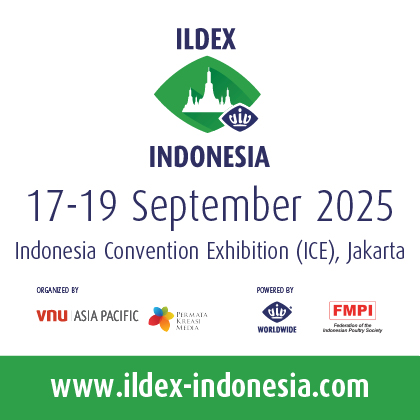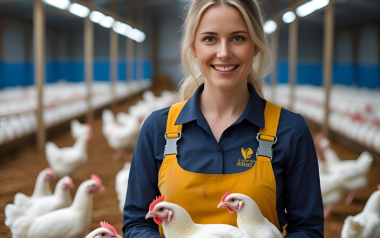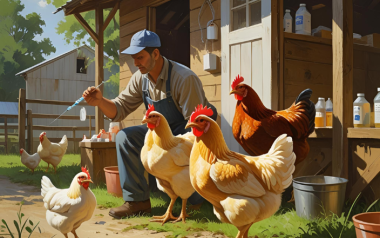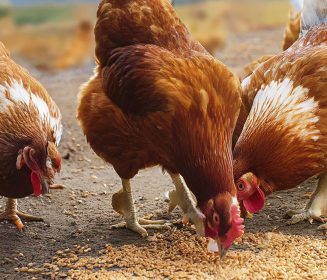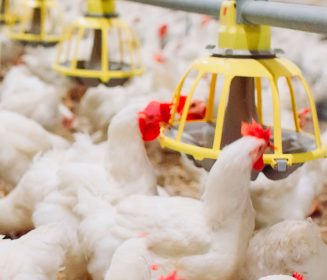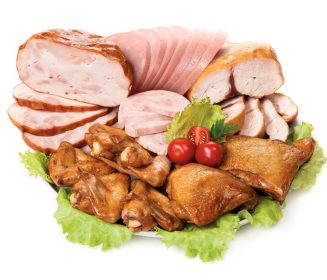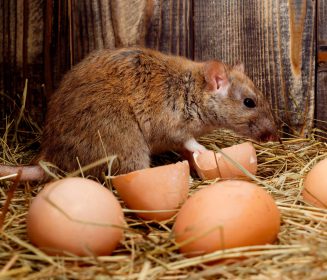04 May 2025
Trump’s new tariffs could rattle Malaysia’s poultry industry
Malaysia’s poultry industry is facing fresh uncertainty following the implementation of new tariffs by US President Trump.
Available in other languages:
Content available at:
Melayu (Malay)
Malaysia’s poultry industry is facing fresh uncertainty following the implementation of new tariffs by US President Donald Trump.
Under the latest trade measures announced in March, Malaysia is subject to a 24% import tariff on US goods, a move that could sharply raise the cost of critical poultry feed ingredients like soybean and corn.
Feed ingredients heavily imported
Soy and corn account for up to 70% of feed formulation costs and are heavily imported from the US.
In the 2024/25 marketing year, Malaysia is forecasted to import approximately 725,000 tons of soybeans, up from previous years—highlighting the nation’s growing reliance on foreign feed materials.
With the new tariffs in effect, producers expect a direct cost hike on imported feed ingredients. Malaysian feed millers and poultry farmers warn that the increased cost burden could threaten profit margins and ultimately raise poultry prices for consumers.
Compounding the issue is the exchange rate. As of April 9, 2025, the ringgit was trading at MYR 4.4957 to the dollar—its weakest position this year.
This further inflates the cost of importing feed ingredients priced in USD, amplifying the financial pressure on local producers.
“This is a double whammy for the industry,” said a feedmill representative based in Selangor.
“We are not only paying more due to tariffs, but also losing out due to currency depreciation.”
Diversification of sources
In response, producers are considering diversifying sourcing options, particularly from Argentina and Brazil, which are not subject to US tariffs.
Malaysia already imports a significant volume of soybeans from Argentina—about 126,000 tons in 2021—making it a viable alternative.
Some in the industry are also looking at longer-term solutions, including investment in local production of alternative feed crops, and financial instruments to hedge against currency risks.
However, these strategies come with their own challenges and require significant capital and policy support.
The tariffs form part of Trump’s broader “America First” trade agenda, which has reintroduced protectionist measures aimed at reviving domestic manufacturing.
Southeast Asian economies, including Vietnam, Thailand, and Indonesia, are also facing tariff rates ranging from 15% to 25%, depending on sector and product classification.
Impacts in Malaysia
For Malaysia’s poultry sector, the impact is immediate and potentially long-term.
With the cost of production set to rise, and global supply chains still adjusting post-pandemic, the industry will need to move swiftly to adapt or risk margin erosion and price instability.
As the dust settles on Trump’s latest trade move, all eyes are on how Southeast Asia—and Malaysia’s feed-dependent poultry industry—responds to a more volatile trading environment.







